Food for thought is where I share a quote I’ve come across for your reflection and discussion 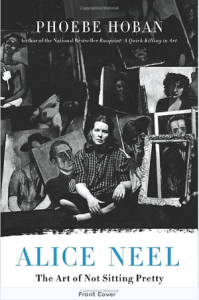 among the other artists in the mindful artist community.
among the other artists in the mindful artist community.
If you’ve been following me for a while you may have gathered that I’m a keen student of the creative process. I’m always interested in other artists’ experience of their art practice and how it can help us better understand and navigate our own.
My loving husband gave me this book on Alice Neel for Christmas that I’ve just begun reading so I thought a quote from Alice Neel might be in order.
You should keep on painting no matter how difficult it is, because this is all part of experience, and the more experience you have, the better it is… unless it kills you, and then you know you have gone too far.
– Alice Neel
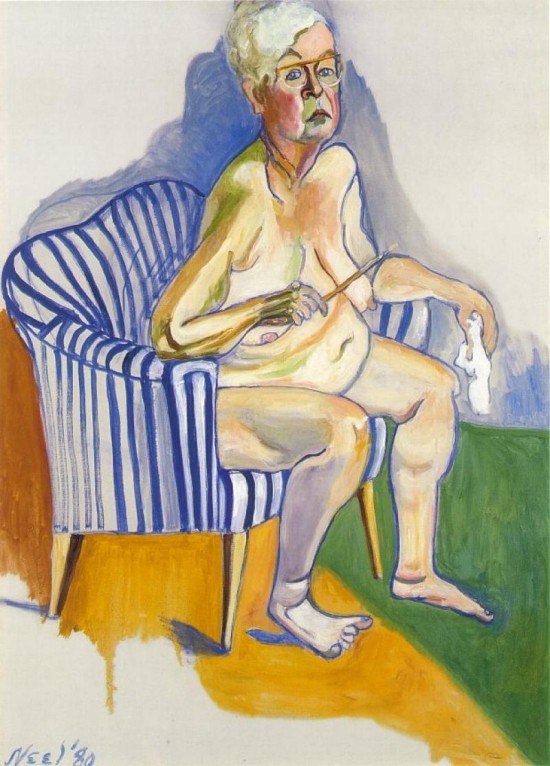 What about you? Do you feel you ought to keep making your work even though it is difficult?
What about you? Do you feel you ought to keep making your work even though it is difficult?
Can you give an example of a “difficult” time in your work?
What does it mean to you to have gone too far?
Please share your thoughts in the comment section below.

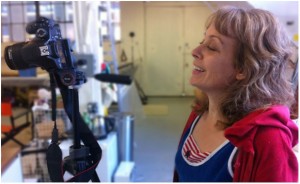
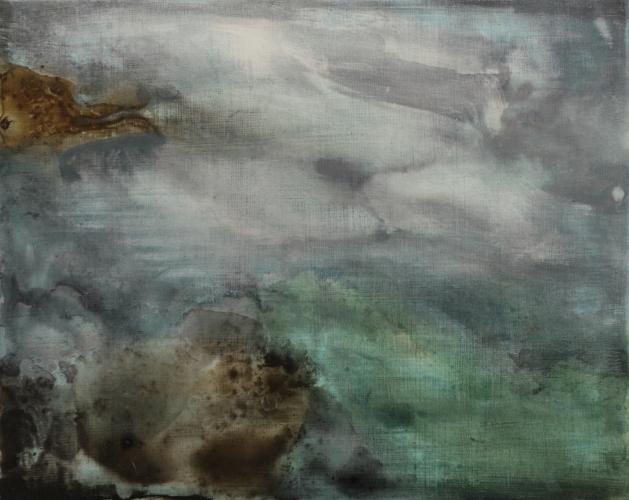
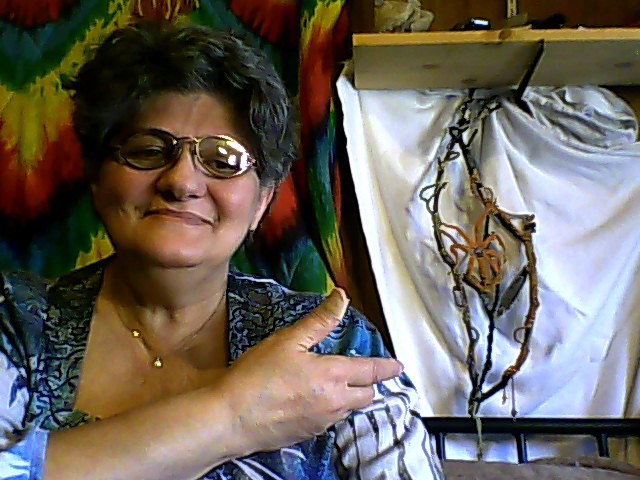 So many things inspire me, breathing, flowers, blue skies, a blade of grass, the list could go on ad infinitum! In my work, I see elements of nature, often obscure to anyone but myself. When I can, I give homage to nature in as clear a manner as possible for my chosen muse. It is not often easy to make pretty like I would like, it is complicated! One brush stroke with my knots takes hours, it is like I am painting in slow-mo! When I get something just the way I want it, ooh how satisfying to the spirit!
So many things inspire me, breathing, flowers, blue skies, a blade of grass, the list could go on ad infinitum! In my work, I see elements of nature, often obscure to anyone but myself. When I can, I give homage to nature in as clear a manner as possible for my chosen muse. It is not often easy to make pretty like I would like, it is complicated! One brush stroke with my knots takes hours, it is like I am painting in slow-mo! When I get something just the way I want it, ooh how satisfying to the spirit!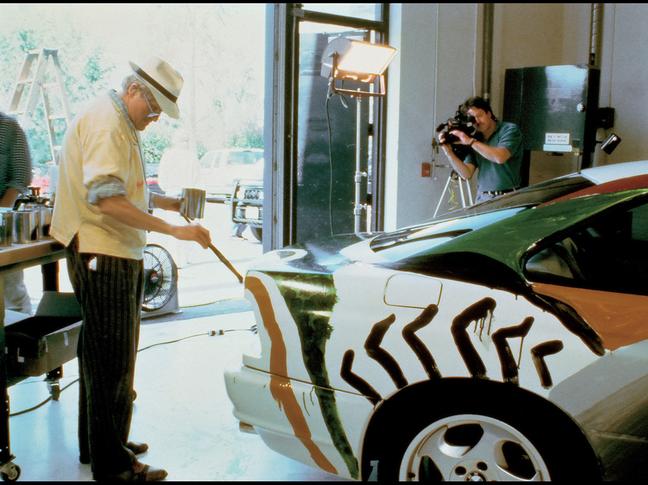
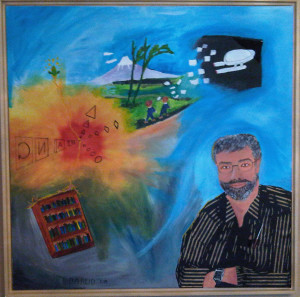 I’m inspired by science (nanotechnology, for example), colour, other cultures, history (West coast native art is great), form and sky. Often one thing will lead to another; I’m working on some pictures for an upcoming show – one picture took an abrupt turn, which I followed and am now learning new aspects from this.
I’m inspired by science (nanotechnology, for example), colour, other cultures, history (West coast native art is great), form and sky. Often one thing will lead to another; I’m working on some pictures for an upcoming show – one picture took an abrupt turn, which I followed and am now learning new aspects from this.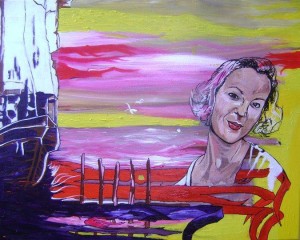 Life is what inspires me: the authenticity of each emotional experience lends validity to each brush stroke. What inspires is sometimes the pain that comes with living, it’s joys, it’s sorrows, it’s triumphs and it’s losses.
Life is what inspires me: the authenticity of each emotional experience lends validity to each brush stroke. What inspires is sometimes the pain that comes with living, it’s joys, it’s sorrows, it’s triumphs and it’s losses.